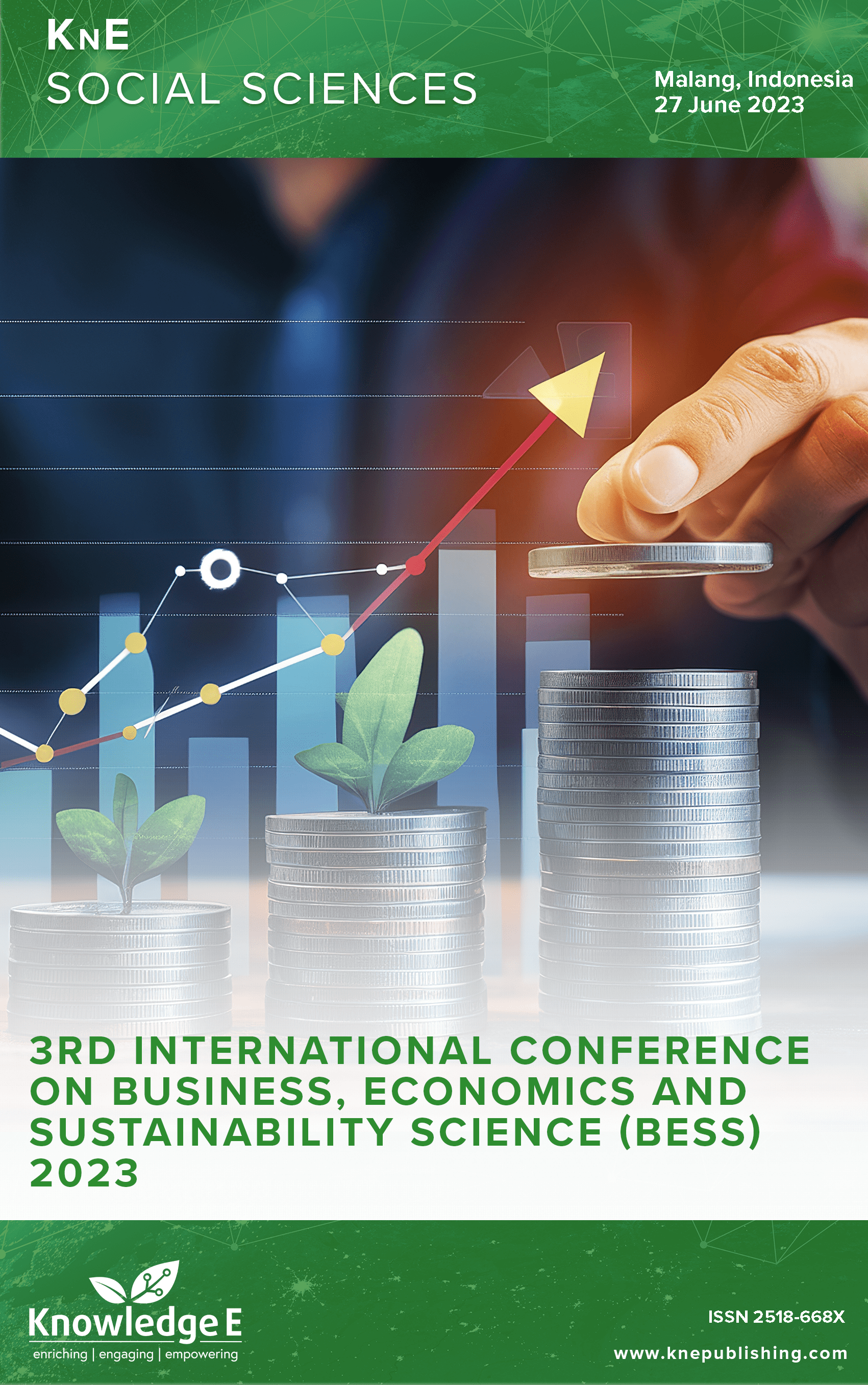Understanding the Role of Social Media on Customer-based Brand Equity and Brand Engagement in Tourism in Indonesia
DOI:
https://doi.org/10.18502/kss.v9i21.16662Abstract
This study aims to explain the relationship between social media and customer-based brand equity in understanding destination tourism. Furthermore, this study was also used to raise awareness about the importance of social media for marketing activities in every aspect. The method used was qualitative research with observation methods. This study is included in the category of secondary data obtained from previous studies. This is a field research which is carried out by observing and recording events on the object of research, in this case, visitors to tourist attractions. The study shows that there are two major reasons for social media’s popularity among tourists. First, experiential tourism allows potential tourist to make their decision based on shared experiences available on social media. Second, social media allows tourists to be storytellers and improves the sense of belonging to the online community.
Keywords: social media, customer-based brand equity, brand engagement
References
Aaker D. Managing brand equity: Capitalizing on the value of a brand name. New York: The Free Press; 1991.
Buhalis D, Foerste M. SoCoMo marketing for travel and tourism: Empowering cocreation of value. J Destin Marketing Manag. 2015;4(3):151–61. DOI: https://doi.org/10.1016/j.jdmm.2015.04.001
Chung JY, Buhalis D. Information needs in online social networks. Inf Technol Tour. 2008;10(4):267–81. DOI: https://doi.org/10.3727/109830508788403123
Debra Williamson. 2011. Worldwide social network Ad spending: ARising Tide. eMarketer.
Dedeoğlu BB, Taheri B, Okumus F, Gannon M. Understanding the importance that consumers attach to social media sharing (ISMS): Scale development and validation. Tour Manage. 2020;76:103954. DOI: https://doi.org/10.1016/j.tourman.2019.103954
Enter N, Michopoulou E. 2013. An investigation on the acceptance of Facebook by travellers for travel planning. E-review of Tourism Research. Retrieved from http://hdl.handle.net/10545/601172
Fotis J, Buhalis D, Rossides N. Social media impact on holiday travel planning: The case of the Russian and the FSU Markets. Int J Online Mark. 2011;1(4):1–19. DOI: https://doi.org/10.4018/ijom.2011100101
Gretzel U, Fesenmaier DR. Defining internet readiness for the tourism industry: Concepts and case study. Lectures in E-Commerce, hlm. Vienna: Springer Vienna; 2001. pp. 77–101. DOI: https://doi.org/10.1007/978-3-7091-6213-2_4
Hays S, Page SJ, Buhalis D. Social media as a destination marketing tool: Its use by national tourism organisations. Curr Issues Tour. 2013;16(3):211–39. DOI: https://doi.org/10.1080/13683500.2012.662215
Hollebeek LD. The customer engagement/value interface: An exploratory investigation. Australas Mark J. 2013;21(1):17–24. DOI: https://doi.org/10.1016/j.ausmj.2012.08.006
Lange-Faria W, Elliot S. Understanding the role of social media in destination marketing. Tourismos. 2012;7:193– 211. Available from: https://www.researchgate.net/publication/ 279554312_Understanding_the_role_of_social_media_in_destination_marketing
Liu MT, Wong IA, Tseng TH, Chang AW, Phau I. Applying consumer-based brand equity in luxury hotel branding. J Bus Res. 2017;81:192–202. DOI: https://doi.org/10.1016/j.jbusres.2017.06.014
Saravanakumar M, Sugantha Lakshmi T. Social media marketing. Life Sci J. 2012;9(4).
Mangold WG, Faulds DJ. Social media: The new hybrid element of the promotion mix. Bus Horiz. 2009;52(4):357–65. DOI: https://doi.org/10.1016/j.bushor.2009.03.002
Manning, J. 2014. Definition and classes of social media, hlm. 1158–1162.
Murdough C. Social media measurement. J Interact Advert. 2009;10(1):94–9. DOI: https://doi.org/10.1080/15252019.2009.10722165
Nyadzayo MW, Johnson LW, Rossi M. Drivers and outcomes of brand engagement in self-concept for luxury fashion brands. J Fash Mark Manag. 2020;24(4):589–609. DOI: https://doi.org/10.1108/JFMM-05-2018-0070
Omar B, Dequan W. Personality traits and user motivation on Tiktok mobile vdeo usage [iJIM]. International Journal of Interactive Mobile Technologies. 2020;14(4):121. DOI: https://doi.org/10.3991/ijim.v14i04.12429
Rietveld R, van Dolen W, Mazloom M, Worring M. What you feel, is what you like influence of message appeals on customer engagement on Instagram. J Interact Market. 2020;49(1):20–53. DOI: https://doi.org/10.1016/j.intmar.2019.06.003
Ružić D, Biloš A. Social media. Destination marketing organisations (DMOs)*. Conference: Tourism & Hospitality Industry 2010. Croatia: New trends in tourism and hospitality management; 2010.
Tussyadiah I, Zach F. Social media strategy and capacity for consumer co-creation among destination marketing organizations. Information and Communication Technologies in Tourism 2013, hlm. Berlin, Heidelberg: Springer Berlin Heidelberg; 2013. pp. 242–53. DOI: https://doi.org/10.1007/978-3-642-36309-2_21
Van Belleghem S, Eenhuizen M, Veris E. SocialMedia around the world 2011. InSites Consulting; 2011.
Zarezadeh Z, Gretzel U. Iranian heritage sites on social media. Tour Anal. 2020;25(2):345–57. DOI: https://doi.org/10.3727/108354220X15758301241855
Zollo L, Filieri R, Rialti R, Yoon S. Unpacking the relationship between social media marketing and brand equity: The mediating role of consumers’ benefits and experience. J Bus Res. 2020;117:256–67 DOI: https://doi.org/10.1016/j.jbusres.2020.05.001

